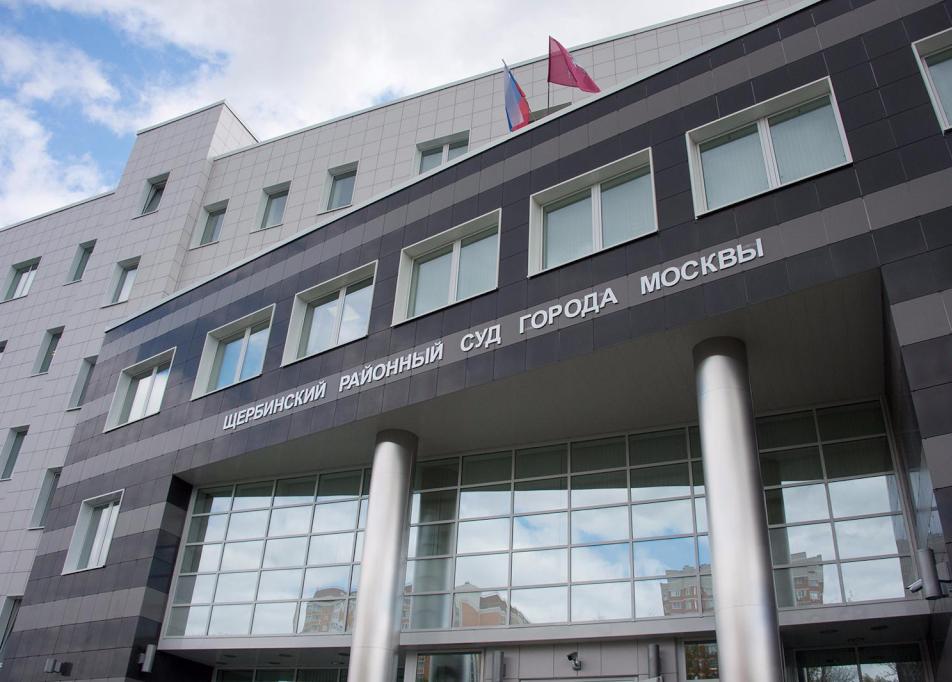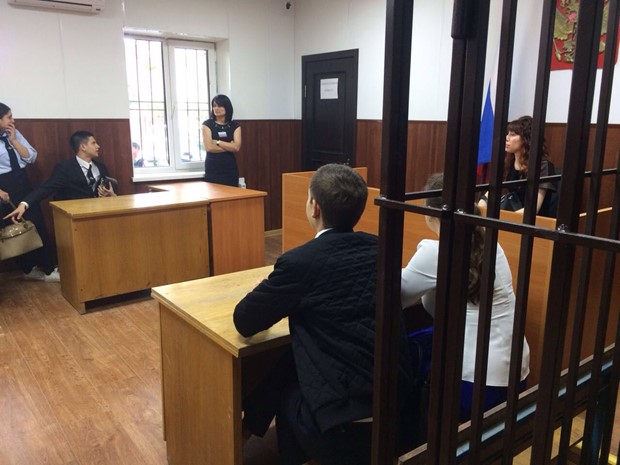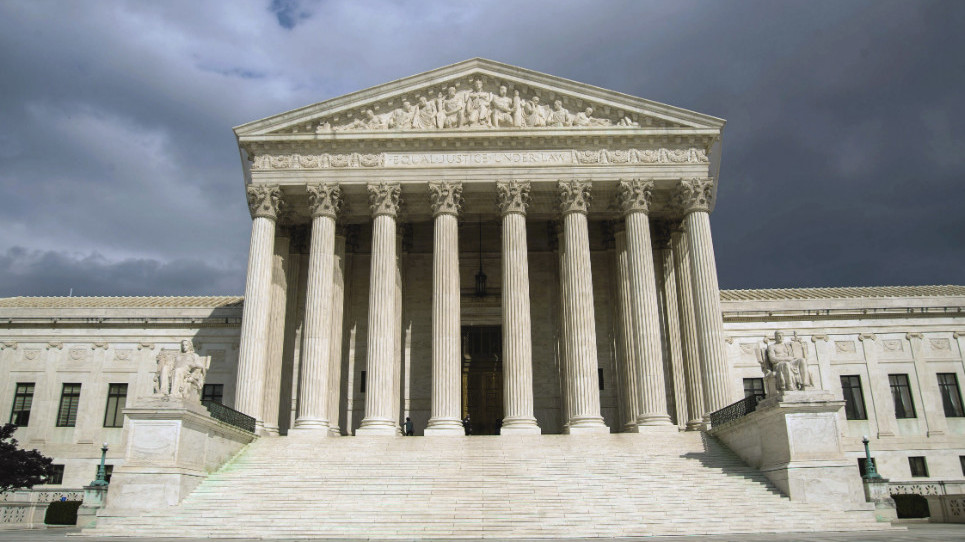What is the competence of the district court? What is meant by it? Which courts are actually district? Consider the list of cases that they consider, the features of the organization and management of these institutions, is there a difference between them.
Regulations
What regulations determine the competence of a district court? The primary document is the Constitution, it defines the foundations of the organization of the judicial system, some of its provisions in this area are directly applicable.
Then follows the law governing the organization of the activities of courts of general jurisdiction. It is organizational in nature and describes the structure of the court, the procedure for its management, and distributes the powers of higher authorities.

Procedural laws to a greater extent describe the procedure for the distribution of cases between courts and instances. Most often, ordinary citizens and lawyers turn to procedural codes. It is in them that the relevant aspects of the competence of the district court are revealed.
There are still instructions for clerical work, provisions issued by the court on the basis of federal documents adopted in the judicial department under the RF Armed Forces. All by-laws are of a technical nature and are aimed at clarifying the provisions of laws. Court employees complain about the adoption of unnecessary acts, which almost literally duplicate the provisions of the laws and do not contain any clarifications.
District Courts
Their competence is vested in the actual district courts, as well as city courts serving individual settlements or cities. For example, the competence of the Vyborg City Court falls within the service of the entire city. Division into districts is organized in large cities (Moscow) and in districts into which oblasts or other entities are divided.
What matters does it consider
The competence of the district court includes consideration of all kinds of cases: civil, administrative, criminal. If the application raises requirements, partially jurisdictional to the arbitral tribunal, then the case is referred to the district court. The law establishes the priority of courts of general jurisdiction.
Court of first instance
The jurisdiction of the district court includes, first of all, the trial of the first instance. How is it implemented in civil and administrative matters?

Court of First Instance:
- accepts the statement of claim, evaluates its readiness for consideration from a formal point of view;
- prepares the case for consideration on the merits (he proposes to clarify the requirements of the claim, to file petitions for the demand for evidence, the appointment of an examination, the summoning of witnesses);
- establishes a list of circumstances relevant to the case (almost never this provision is enforced by the courts);
- listens to the arguments of the parties;
- evaluates evidence, examination materials, arguments of the parties;
- clarifies the consequences of the application or refusal to apply the existing rights by the parties;
- makes a decision on the merits.
What is the feature of the first instance
The party’s task is to state all the requirements that it considers reasonable and fair, and make efforts to provide all available evidence and to demand it by the court and clarify all the circumstances. The appeals, cassation and supervisory authorities work with materials collected in the court of first instance.

The collection and inclusion of new evidence in the appellate instance is allowed if it was previously announced, but the court of first instance illegally rejected the application.
Preparation of the case for appeal
What is the competence of the district court at this stage? In Russia, the first instance is preparing a case for appeal.Checks compliance with complaints requirements, for example, whether state duty has been paid. The judge sends the parties the texts of complaints and feedback on them.
The tasks of the first instance also include resolving the issue of restoring the time limit for appeal. I must say that such a design loads the district court with unnecessary work that is not characteristic of it, and secondly, it provides an opportunity for abuse by judges whose decision is appealed. This state of affairs is characteristic of all types of legal proceedings.

Role in cassation and supervisory review proceedings
What is the competence of the district court in this case? Here it is limited. At the request of the judges of the cassation or supervisory instances, all case materials should be sent.
The court of first instance also resolves the issue of restoring the time limit for appeal to the first cassation instance (courts of the subjects). The scope of authority and the possibility of influencing the process is less.
Relation to world justice
Justices of the peace hear civil, criminal and administrative cases in the first instance. Their task is to conduct proceedings in mass and relatively simple cases and relieve the district court of unnecessary burden.
The competence of the district court includes cases that are not related to the field of activity of justices of the peace.
When a lawsuit is filed with a magistrate’s court, the requirements of which are at least partially considered by the district court, the case is automatically referred to the district court. If one of the requirements, jurisdictional to the district court, is exposed during the process, the case is transferred there. For example, a lawsuit has been filed to recover child support. When supplementing the claim with the requirement to recognize the defendant as the father of the child, the materials are transferred to the district court.
Justices of the peace consider criminal cases. The Criminal Procedure Code provides an exhaustive list of relevant articles, the maximum punishment for them is 3 years in prison.
If there is double jurisdiction in the case and the allocation of materials to a separate production is unacceptable, they are completely transferred to the district court.
Materials on administrative responsibility are sent to district courts and justices of the peace. The distribution of cases is carried out in accordance with the norms of the Administrative Code.
Review of decisions and sentences
The competence of the district, city court includes consideration of complaints of participants in the proceedings and representations of prosecutors on decisions and sentences of justices of the peace. The order of consideration is almost the same as in the courts of the subjects, with the exception of the number of judges - instead of a panel, the trial is conducted by one judge.
Other powers in relation to magistrates
The district court in the person of the chairman has the right to redistribute the burden between the justices of the peace, it is his responsibility to characterize their work, to submit submissions to the disciplinary bodies. And this despite the fact that the appointment is made by election of deputies to regional assemblies. In reality, the President of the district court becomes the de facto chief of the justice of the peace.
Criminal proceedings
The competence of the district court includes the adoption of complaints and statements at the stage of pre-trial investigation (except for those that are examined on the merits by justices of the peace and courts of the first instance jurisdiction). These are the complaints of the participants in the proceedings regarding the legality of initiating a case or refusing it.

Complaints are submitted about the legality of the actions of investigators and interrogators, petitions of investigators to apply a preventive measure, especially detention.
The district court is the first instance for almost the entire mass of criminal cases. After the completion of the investigation, the case is transferred to the court by the prosecutor, and there it is checked that it is ready for consideration on the merits. If the materials are not returned, a meeting is scheduled. Having studied the case and the arguments of the parties, the judge pronounces the verdict. The competence of the district court of the Russian Federation includes checking the readiness of appeals and representations of the prosecutor's office for consideration in the second instance.
How is the activity organized
What does the structure and composition of the district court look like? Competence, formation of the composition is also determined by the relevant law on courts and procedural laws.
The court consists of judges and staff. Judges directly examine cases and materials, make decisions on them. The task of the apparatus is to ensure their activities. For example, secretaries and assistants process applications received in court, prepare draft documents.
Workers can be conditionally divided into two groups:
- civil servants (secretaries, assistants, consultants, specialists, department heads);
- non-public service personnel.

This includes drivers, couriers, cleaners, other persons hired on the basis of an employment contract and not having the status of a public servant.
There is a typical staffing table, and the courts are similar in structure, but there is a difference between the responsibilities of consultants in different courts.
Court clerks are divided into two categories:
- professionals working in the office;
- employees directly supporting the activities of judges (write summons, keep a transcript of meetings, perform other instructions).
The judge, who is more loaded with other cases than other colleagues, has the right to ask for an additional officer to help him, usually these are secretaries.
Work in the office is connected with the receipt of applications, correspondence, writing answers to letters from citizens who are not directly related to the lawsuits. Through the office, documents are sent to organizations and citizens on behalf of the judges.
Copies of decisions are issued in the office, they also provide case files for review. If a decision has already been made in a case, a copy is issued at the request of the person concerned.
Considering the competence, composition and organization of activities of the district court, we note that the role of secretaries and assistants is huge, without them justice would not have been possible.
Composition formation
All judges without exception are appointed by the President, selection is made through a multi-stage system of bodies, the final decision is made by a special commission under the head of state, after which a decree is issued. All court presidents and their deputies are also appointed by the President after another additional audit.
The first time a judge receives an appointment for 6 years, then a life reappointment is made if there are no serious comments on the work. Changing the place of work is a separate procedure. Today, applicants for judges have the right to apply for a position in the region, where they gained experience before submitting documents. The formal reason is the significant difference between the regulatory acts of the regions.
The number of judges is determined by the judicial department. The average number of members of a district court is about 10 people, somewhere less, somewhere more.
In the capital cities, the number of judges in the first instance is much higher. The basic criterion is the number of inhabitants of a district or city. Other factors influence the number of judges.

Among the judges, there is a main specialization: civilists, forensic scientists. There is also a separation between them. For example, women always resolve disputes about children. Such matters do not fall to men. Someone is considered a specialist in credit matters.
If necessary, in the event of an additional load, a redistribution of cases is carried out. This happens, for example, with the influx of cases of administrative responsibility. Other reasons: termination of powers of judges, illness, leave on vacation.
Thus, the composition and competence of the district court are specific.
Court management
This responsibility lies with the chairman, who also performs the duties of a judge.
He approves the state of the court with the consent of the judicial department, his signature is placed on all documents related to employees (employment, conclusion of a contract, orders for the payment of bonuses, etc.). The chairman is entitled to appoint alternates. Which tasks to assign to them, he decides. One of the deputies replaces him during the period of vacation, illness or termination of office.
Civil servants (not judges) are appointed to the positions of the head of the apparatus of the court, the head of the chancellery. An essential role among employees of the apparatus is played by the assistant to the chairman of the court.
